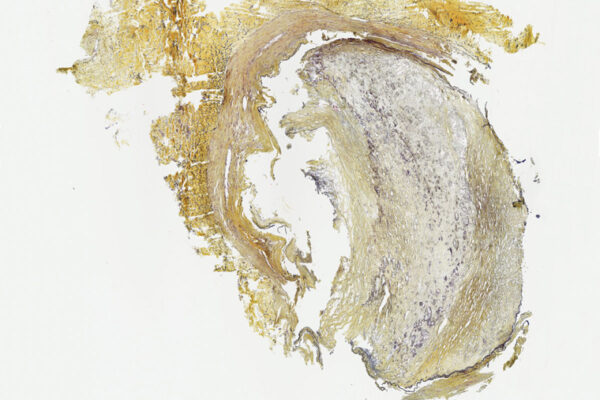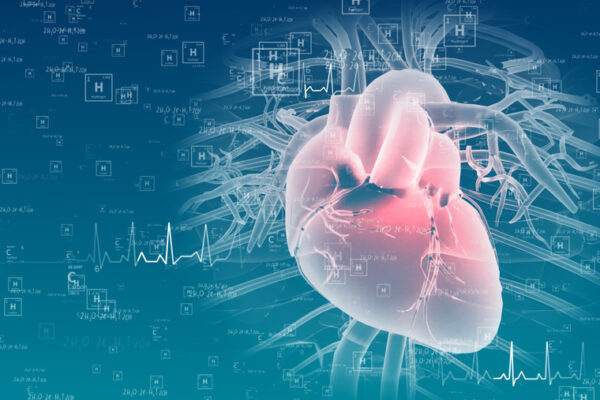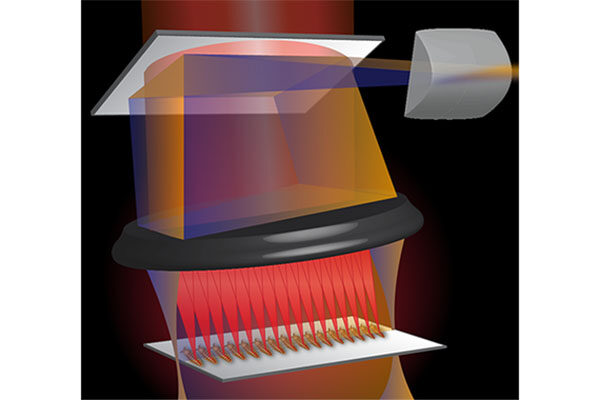A heartbeat is a carefully coordinated series of electrical signals led by sodium ion channels, which tell the heart when to contract and to relax. Any disruption to these signals may lead to cardiac diseases such as an irregular heartbeat, or arrhythmia. Two researchers at Washington University in St. Louis have taken a closer look at this process at the molecular level and have found what may provide new insights into different heart conditions and how to develop better therapies.
Jonathan Silva, the Dennis & Barbara Kessler Career Development Associate Professor at the McKelvey School of Engineering, and Jeanne Nerbonne, Alumni Endowed Professor of Molecular Biology & Pharmacology in Medicine and Developmental Biology at the School of Medicine, and their labs found distinct effects of novel proteins, known as intracellular fibroblast growth factors (iFGF), on the regulation of the kinetics of cardiac sodium channel gating. Their results were published in the Journal of General Physiology March 21.
Intracellular fibroblast growth factors are small proteins that are known to bind to sodium channels and to influence how these channels open and close, or “gate.” The gating properties of cardiac sodium channels affect how the electromechanical propagate through the heart. In addition, drugs interact differently with the sodium channels in different gating (i.e., open and closed) states, Silva said.
The team sought to determine how one intracellular fibroblast growth factor, iFGF12, works in a healthy human heart by observing how the iFGFs change the sodium channel at the molecular level. Nerbonne’s lab generated a mouse model with iFGF12 to observe how it modulates the sodium channel in myocytes. Using electrophysiology methods, they found that it modulated the channel differently than the comparable iFGF in the mouse heart and changed the properties of the sodium current.
“One of the reasons we want to define how the iFGFs and other sodium channel accessory proteins affect channel properties at the molecular level is that we know from previous work that the protein components of functional channels influence the pharmacology of these channels,” said Nerbonne, who also is the director of the Center for Cardiovascular Research. “These channels are potential therapeutic targets for people with arrhythmias.”
Silva’s lab looked at how the iFGF affects channel function through methods they have developed to watch the voltage sensing domains.
“We looked at how these subunits affect native cell electrophysiology, and that’s an exciting part of our collaboration with the Nerbonne lab,” Silva said. “We were able to determine how these subunits change the channel at the molecular level to cause those cell-level effects.”
Going forward, the team plans to take a closer look at how different drugs interact with sodium channels that have different iFGF compositions.
Originally published by the McKelvey School of Engineering.
Angsutararux P, Dutta AK, Marras M, Abella C, Mellor RL, Shi J, Nerbonne JM, Silva JR. Differential regulation of cardiac sodium channels by intracellular fibroblast growth factors. Journal of General Physiology, March 21, 2023. https://doi.org/10.1085/jgp.202213300
This research was supported by the National Institutes of Health’s National Heart, Lung, and Blood Institute (R01 142520 and R01 HL150637); the NIH National Center for Research Resources (UL1 RR024992) and the Children’s Discovery Institute Pediatric Disease Mouse Models Core at Washington University.


